For years now, trigger points, as a hyperirritable spot in the skeletal muscle, are seen to be a great cause of pain and are also capable of being unnecessarily responsible for excessive medical bills. Metaphorically speaking, trigger points are seen to be thorns under the skin—they occur at musculoskeletal regions which primarily makes them discrete.
Despite the fact that trigger points are just a contracture of only a small area within the muscle, unlike a muscle spasm, the pains they incur can be excruciating enough to affect muscle use. One of the incredible therapeutic solutions to this persistent body glitch is the use of a percussion massager, which effectively helps in the treatment process.
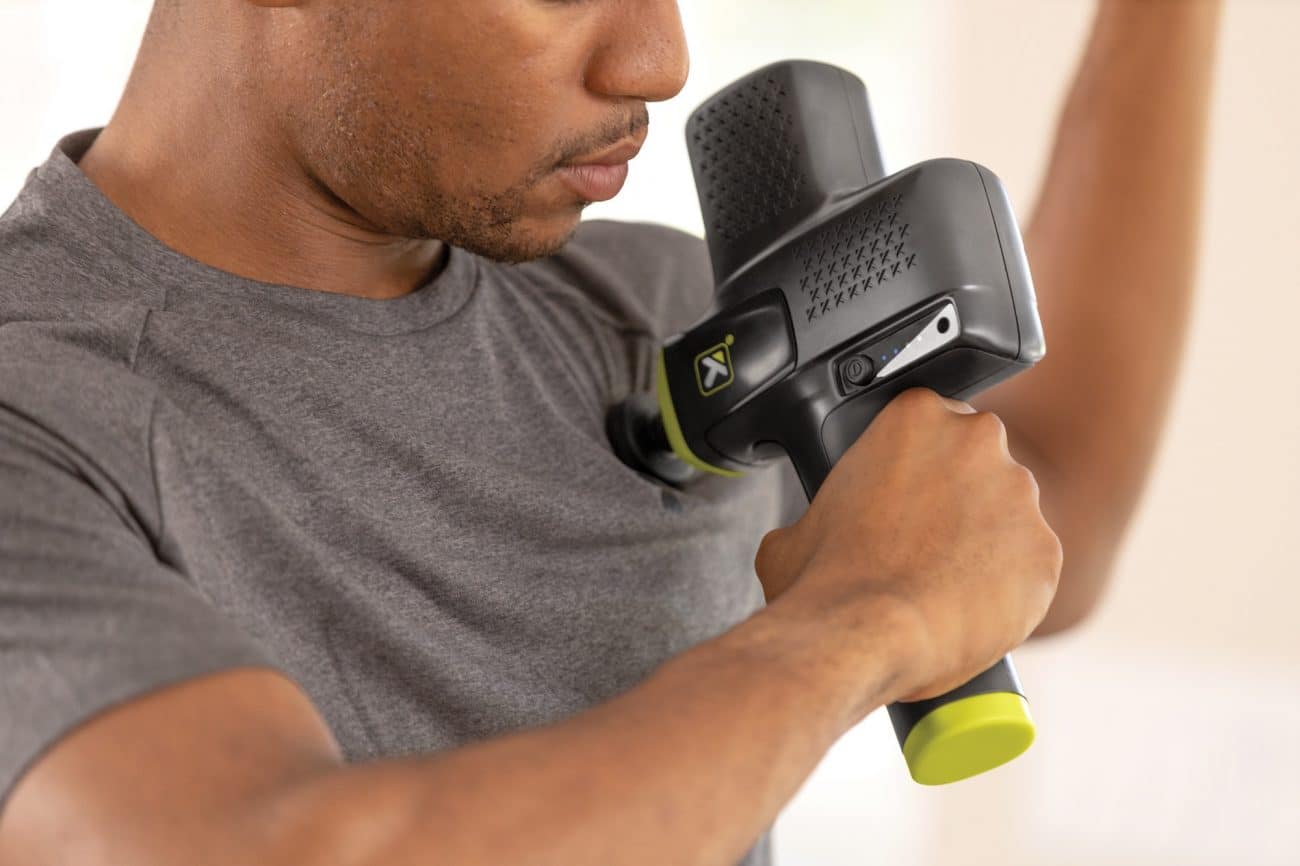
Generally, massages are known to be helpful in terms of muscle stretching and the promotion of free flow of blood in the body. They assist with tissue repair and muscle recovery —damaged tissue, and overused muscles are some of the most affected by trigger points. Hence, if trigger points are left unresolved, they can lead to more critical issues like severe pain and limited muscle use. Out of the many known and unknown solutions available to deal with trigger points, percussion massagers are the ideal method.
Individuals enjoy higher chances of effectiveness and the ability to apply thousands of pulsating strokes to the affected areas with minimal effort. The required force (massage) needed in the affected musculoskeletal region is best applied with a percussive massage device—this helps in speeding up tissue relief and muscle recovery.
If I lost you so far— in layman’s terms, trigger points are muscle knots and a percussion massager is a massage gun. For further clarifications, these two terms will be intensively explored in this article.
What are Trigger Points?
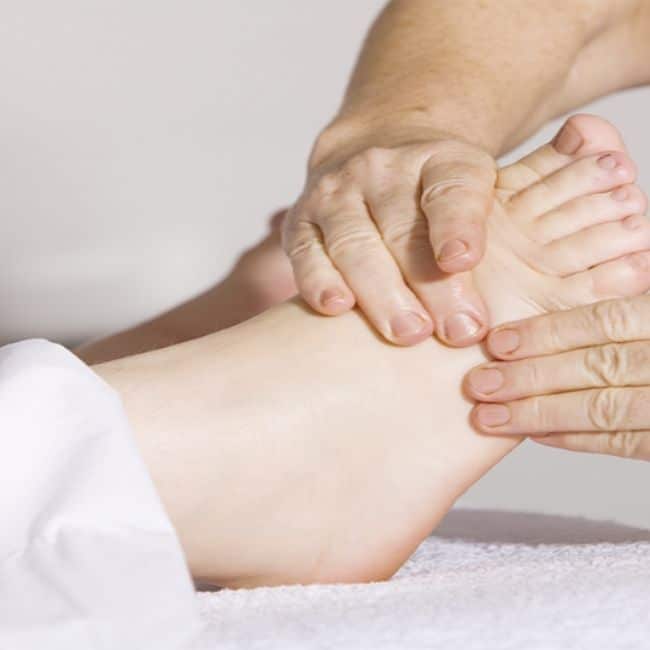
Trigger points have been plaguing the human body for a long time. Apparently, you can’t feel comfortable if they strike your muscles. Clinically, there have been a lot of attempts to get accustomed to this condition in order to proffer feasible solutions. Some branches of medicine have fully accepted the existence of trigger points and actively work to discover possible solutions; however, some branches are not yet on board.
There are several reasons as why some branches of medicine are skeptical about the concept of trigger points. One of the major ones is the dearth of scientific and medical research on the subject—only a few medical textbooks explicitly discuss the subject of trigger points.
The propagation of the concept of trigger points has led to a series of scientific studies that provide empirical evidence for the existence and operation of trigger points. Therefore, it has been proven clinically that the symptoms and effects of trigger points can be felt by patients, and can be medically caused by over-exhaustion of specific muscle groups. For example, trigger points in the back leading to abdominal pains can be wrongly attributed to ulcers at times.
Although, there are different definitions describing what trigger points are, only a few cover all that is related to trigger points. Through the extensive study of trigger points, some common patterns have been noted and considered as an acceptable description of what a trigger point is.
Trigger points are best described as a spot usually found in the taut band of a muscle tissue that causes pain when pressured or touched. When a muscle has a trigger point, it sometimes becomes tightly knotted, thereby becoming very difficult to stretch. These spots or knots, as the case may be, are known to be discrete and hyperirritable; meaning they are hardly seen and are usually unknown, but they cause a good deal of pain.
Trigger points are referred to as a musculoskeletal issue because they primarily affect the skeletal muscle and lead to relentless pains. A friend once complained to me that he frequently felt pains in his back anytime he decided to sit, stand, or lie in bed. So when he later visited a physician, his condition was confirmed to be from trigger points, which took him some time to put an end to, but he was able to overcome them through effective treatment.
Obviously, poor circulation of blood in the body is generally known to be a factor that can be responsible for pain and distress, which are common signs of trigger points. Your muscles are affected when they are tightly knotted, which, consequently, results in the limitation of the flow of blood within that muscle, almost making the flow impossible. In addition, it becomes impossible to stretch the muscles without a high degree of discomfort. This is because the affected region of the muscle becomes tender, leading to an unpleasant sensation.
Sometimes, you may experience a trigger point on a shoulder muscle close to your neck due to insufficient blood flow, which may lead to pain even without touching the spot. This condition may affect your ability to effectively turn your neck, which involves stretching of the shoulder muscle. Since the muscle is tightly knotted, any attempted stretch immediately becomes immensely painful.
It’s important to know that trigger points can induce major medical problems, such as a whole muscle spasm if they are not treated in time. Although there have been situations where the muscle corrected itself and the knots went away, something can still be done to help the muscle relax either to avoid or alleviate the effects of the trigger points.
There are multiple methods for muscle relaxation. One of these methods is the use of a percussion massager on the affected region. To quicken the effectiveness of the percussion massager, you can use it in combination with some other methods in order to reduce the risk of the trigger point.
What are the Causes of Trigger Points?
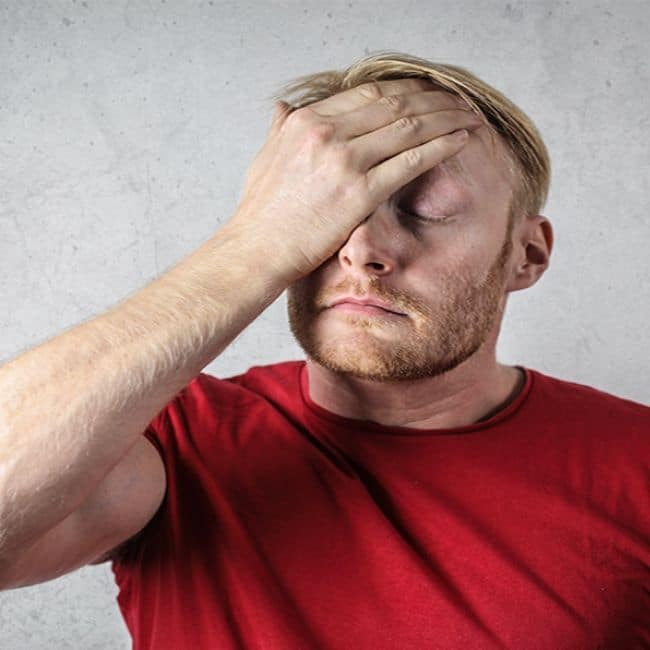
Your body is a vessel that reacts to any abnormality that serves as a threat to your well-being. The knotting of muscles indicates that the muscle is tensed, leading to tenderness and distress. There are different factors that can be responsible for trigger points; however, some are emphasized more than others. The following are some of the major causes:
1. Overuse of Muscle and Repetition of Activity:
Muscles are designed to expand and contract in order to help us effectively carry out our activities. However, just like the rest of the body, muscles require time to rest. Hence, it is sometimes necessary to reduce the frequency with which you use your muscles, otherwise, they can protest and cause you pain. Muscles mostly knot when they are tensed, and they are usually tensed when overworked.
Repetitive activities such as frequently facing your computer screen typing all day long or writing reports for hours without rest increase the risk knotting of your finger muscles and can cause trigger points. Notably, it isn’t good that the muscles are at permanent rest either, as this can cause trigger points as well. You are expected to do things moderately.
2. Muscle Underuse:
Anything done in an excessive manner has its side effects, which may at times be serious. Just as overworking or overusing your muscles can negatively affect you, underusing them can also pose a threat to your muscles. Underusing a muscle makes it less functional as it may inhibit the expected blood flow, which may lead to pain and distress in your muscles. Knots are not always responsible for trigger points. Spots, which is when there is insufficient blood flow, can be the trigger point as well.
When under-utility of the muscle, less stretching, and insufficient blood flow set in; pain is inevitable. You are, therefore, expected to stretch any muscle that you discover to be underused. Spending long hours at your desk sitting and typing may have negative implications on the muscles in your legs. Doing this frequently can lead to trigger points on the leg muscles. To avoid this, you may want to take a break at intervals to stretch the leg muscles or stand for a while.
Other causes of trigger points may include vitamin deficiency, accidents, and whatnot. There is a higher propensity that you are battling with trigger points when you feel excessive pain in your muscle region.
The Cause of Pain: A Wrong Sleeping Position or The Trigger Points?

Quite a number of activities can complicate trigger points and result in extreme tenderness. Some of these activities may be overlooked due to misdiagnosis because the concept of the trigger point is yet to be fully recognized in the medical community. Owing to the hyperirritable and discrete nature of trigger points, it is naturally difficult to pinpoint them as the cause of pain.
Although a bad posture or awkward sleeping position can be responsible for trigger points, it is not the fundamental cause of pain. An awkward sleeping position may lead to tensed neck muscles, which lead to the trigger point that results in pain. So, bad posture or an awkward sleeping position can be the cause of pain per se.
Let’s assume that your awkward sleeping position is the fundamental cause of the pain you experience, sleeping properly and setting the neck well should solve the problem. With this, it cannot be conclusively said that the awkward sleeping position is a precursor to the cause of pain and not the cause of the pain itself.
The Cause of Pain: Accidents or The Trigger Points?

Unpleasant events such as accidents can affect any part of the body which may result in the development of trigger points that cause pain. So, instead of attributing the pain to such accidents, it should be attributed to trigger points.
Misdiagnosis of the cause may lead to improper medical care. This is because trigger points are not addressed as a fundamental problem. An example of such inadequate treatment is the administration of painkillers that give only temporary relief whilst the trigger point persists. This clinical challenge can be directed to the insufficient information medical personnel are exposed to—they can only help with what they know – there isn’t much on trigger points until recently.
Another challenge relating to misdiagnosis is about the symptoms of trigger points, which are similar to that of other life-threatening ailments. For example, a description of the pain from trigger points can be synonymous with that from an ulcer. This can lead to excessive expenses on ulcer treatment when, in fact, there is no ulcer. Even worse, the pain persists, as the treatment will be for a non-existent ulcer and not the trigger point.
In order to stay on the safe side, don’t treat these symptoms of life-threatening ailments as trigger points. Try to visit a specialist, and take your trigger point therapy as well. A percussion massager is one of the available methods you can adopt.
Transfer of Pain

Can pain really be transferred? Yes, of course. Your body has the ability to transfer the pain from the affected spot to another spot that is primarily affected.
Transfer of pain is an incredible process. Pain can be felt in the neck, shoulders, arms, back, and legs. The bulk of this pain is rarely on the spot of the trigger point but is instead transferred to surrounding regions.
For example, if you feel a sudden pain in your arm after you hit your shoulder/neck region against something, there are chances that the trigger point won’t be in your arm but will be transferred to another spot close-by. This makes it particularly difficult to locate the exact place a trigger point is, which may consequentially affect an effective treatment.
Percussion Massagers and Trigger Points
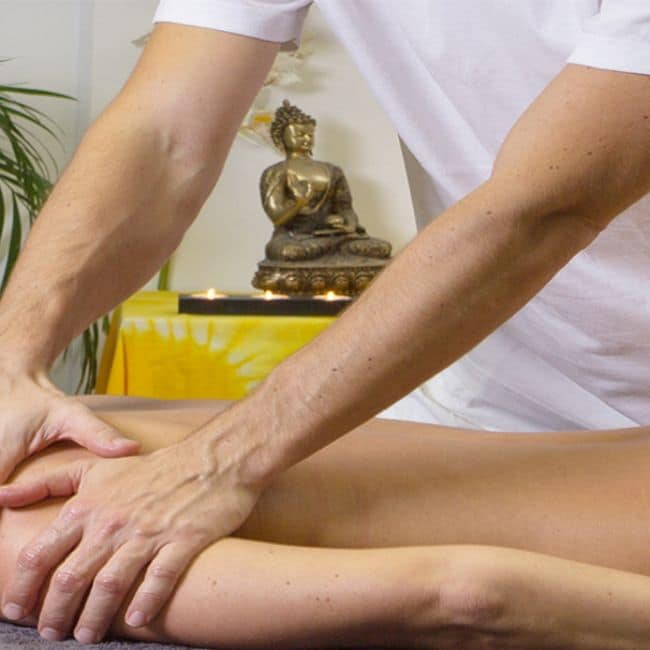
Percussion massagers are devices used to apply “pulses of concentrated pressure deep into your muscle tissue.” The effect of the use of percussion massagers goes deep into the skin – not on the skin alone.
They help the blood to flow and assist the muscle with rapid recovery. Apparently, their utility goes beyond just muscle recovery. They generally help with motion. It is therefore not surprising that individuals, such as athletes who are perfectly healthy, also use percussion massagers. Percussion Massagers assist them with fast muscle recovery, reduction of muscle pain, lactic acid build-up and muscle fatigue, flexibility, and improvement of range of motion, help with stiffness of muscles, and so on.
How Effective is Massage on Trigger Points?
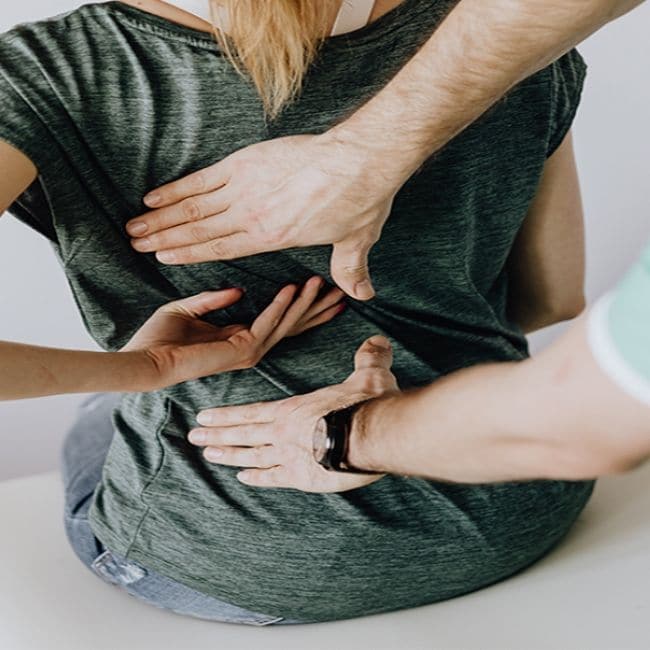
Massage is one of the popular and effective therapies or solutions that work well on trigger points. It plays an important role in resetting the body and promoting physical and emotional well-being.
A good massage helps with the improvement of blood flow in the body. This applies to everyone regardless of their level of physical activity. It offers nearly the same benefits conferred by real exercise; both help the flow of blood in the body.
There are several individuals who largely underuse some part of their muscles. Underusing the muscles can reduce the blood flow, which may cause a trigger point. Through massage, all the important areas abandoned can be positively affected.
Also, it helps with pain relief and relaxation. A good massage assists with the rapid repair of tissues and muscle recovery. Besides relaxing these muscles, it is important that they get stretched. While being stretched, knotted muscles are made to unknot. Muscles with insufficient blood flow begin to expand and contract, helping the free flow of blood.
However, there are some trigger points that are too knotted or have become more complicated. Massages might be inadequate in such conditions. What is needed is concentrated pressure from the use of a percussion massager to help massage the muscles. Also, the passage of blood flow might be too slim. In such a situation, as well, a concentrated pressure or pulse might be of necessity to bring the affected muscle back to life to function appropriately.
Percussion massagers are ideal in these situations. With their attached massage-ball-end, it is easier to concentrate the pressure on the trigger point. They are handheld, which makes them easy to use.
Having targeted the trigger point, the massage-ball-like-end of the percussion massagers give rapid, repeated, punches of concentrated pressure. The gun can be adjusted to different amplitudes, depending on how much force you need to apply. After all, percussion massagers can also be a source of pain relief and relaxation.
Upon targeting the trigger point, raise the percussion massager slightly above your skin. The percussion massager uses force to manipulate the affected region repeatedly. Placing the punching end on the skin won’t make it work, as it has to propel up and down. There should be enough space for it to punch down. Also, the percussion massager should not be too far from the skin, or else its effect might not be effectively felt.
What Pressure of the Percussion Massagers is Accurate for Trigger Points?
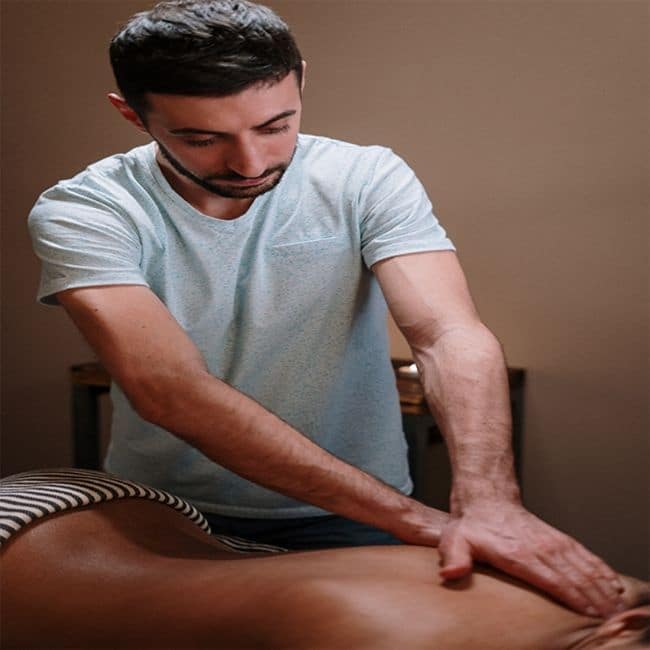
The pressure of the percussion massagers should be accurately regulated. Excessive pressure may be counterproductive and may lead to tissue damage. You can try the pressure out on your palm before use.
It’s important to know that the percussion massager must not be pushed against the skin. Percussion massagers may sometimes produce a strong force that may go deep into your skin. Pressure with a very close contact can cause tissue damage, as your tissue is not designed for punches.
You’re expected to lift the percussion massager above the skin. Take it around the affected region while maintaining the gap between skin and percussion massager. When the trigger point is hit, more time can be spent on that spot to achieve satisfaction.
However, percussion massagers should not be used for too long and too frequently. Try not to hold the device in a static position more than is required. It can make your skin tender and sore. Move it around and ensure it does not stay on a spot for more than a few seconds.
Can Painkillers Help Me?

There are different available therapies formulated to aid the treatment or palliate the effect of trigger points. You may decide to take painkillers and similar medications, but you should know that they can’t treat the fundamental problem but only relive it temporarily. All you need is to seek the appropriate way to deal directly with the challenge once and for all.
Unless your muscle corrects itself and the problem of the trigger point is not solved, the use of painkillers may become recurrent. Over time, your body may get used to the painkillers and make them less effective
The Number One Professional Percussion Massager Adored By Massage Therapists and Chiropractors
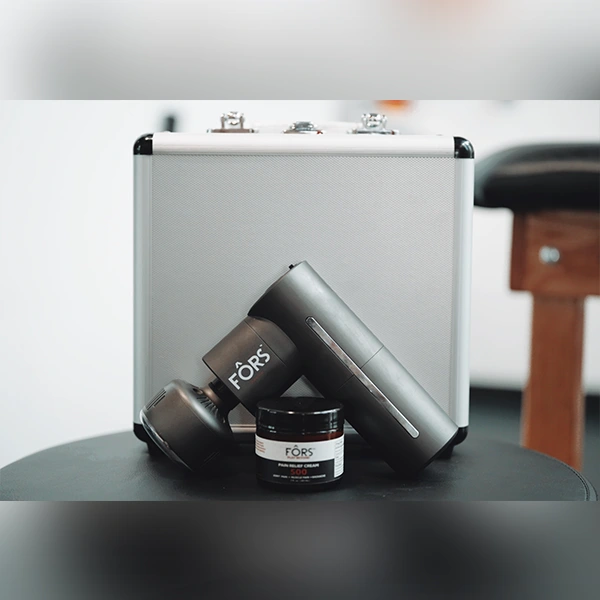
There’s no better way to stimulate the trigger points on your body than by using the newest Thermo Percussion Massager. Its style makes it easy to carry and store while making it easy to use on the go. This massager is not just for your legs, you can use it on all parts of your body including your arms, neck, back, or feet if you have plantar fasciitis. It has three different speed settings as well as 3 temperature settings giving you versatile options to pick from.
The Thermo Percussion Massager provides a great way to relieve soreness and pain in any body part that may be affecting you in some way. It hits the trigger points on your body with deep pulsations while simultaneously combining heat and cold elements to the massage. The heat and cold combination in the massager will help to relieve muscle pain while relaxing your muscles and helping you get a better night’s sleep.
The Thermo Percussion Massager is a great way to help keep your body healthy by working out the tight areas or trigger points in your body. This massage has been clinically proven to increase circulation of blood to the problem areas on your body while maximizing the effectiveness of the massage. Massage therapists around the country have been talking about this next level of massage for sometime now and we are thrilled to bring it to you.
Thermo Percussion Massager Features:
- Increased Circulation To Entire Body
- Quiet Glide Technology
- Automatic Shut Off Controls
- High Torque Motor With 3 Adjustable Speeds
- 3 Heat Application Settings, 95 degrees, 104 degrees, 113 degrees.
- 3 Cold Application Settings, 68 degrees, 59 degrees, 50 degrees
- Release Tight and Hidden Soft Tissues
- Rapid Recovery From Exercise Related Pains
- Accelerate Athletic Warm Up & Post Recovery Routines
- Improve Muscular Range Of Motion and Flexibility
- Enhance The Sensation Of Topical Gels & Creams and Help Release Active Ingredients.
What makes the Thermo Percussion Massager better than others is that it’s cordless and so versatile. The Thermo Massager has an iconic design and aesthetics that fits well into any purse or handbag so you can take it with you on the go.
Conclusion
In a nutshell, there are different ways your normal health status can be disrupted. One of which is trigger points. Although trigger points are yet to be widely recognized, the reality is that they are capable of causing tenderness and distress.
Fortunately, the pain from trigger points can be alleviated through percussion massagers, an effective therapeutic device that will primarily help your muscle recover faster and repair affected tissues.
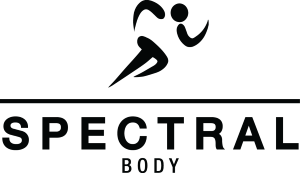





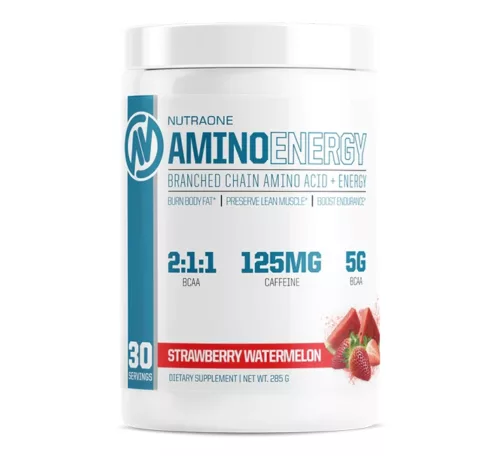
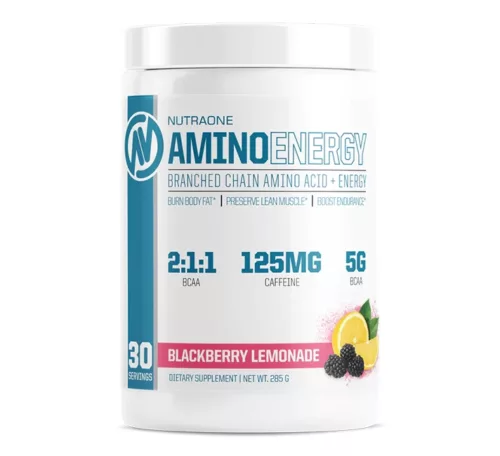
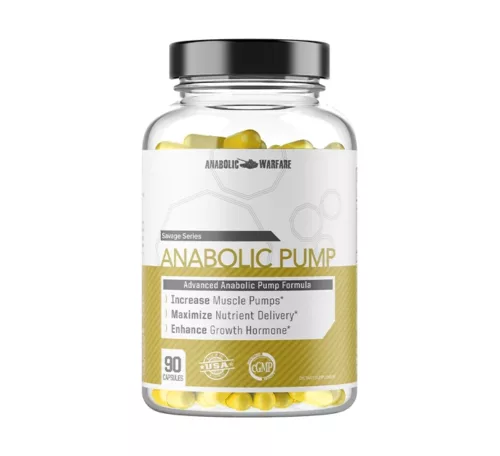
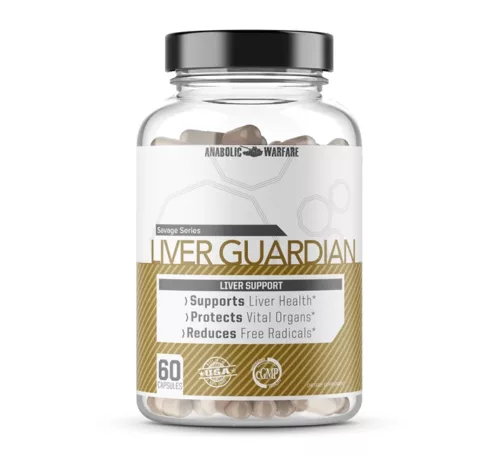
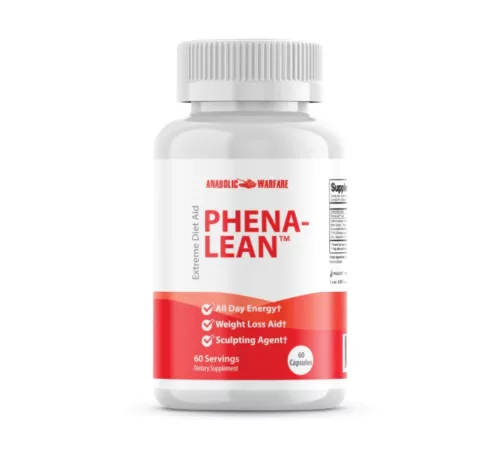
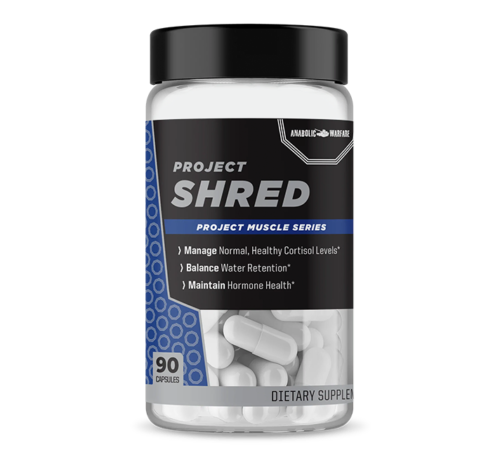
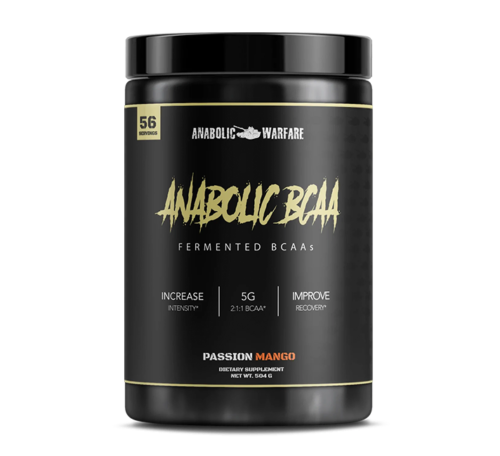
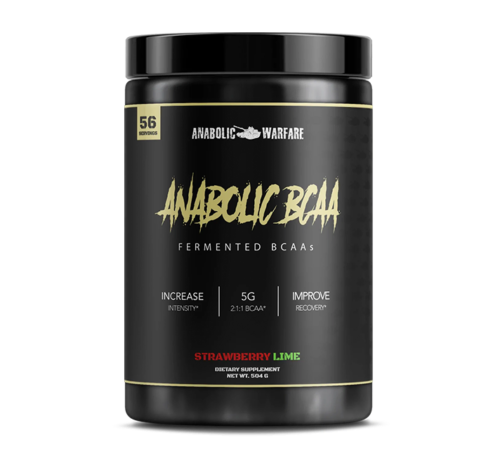
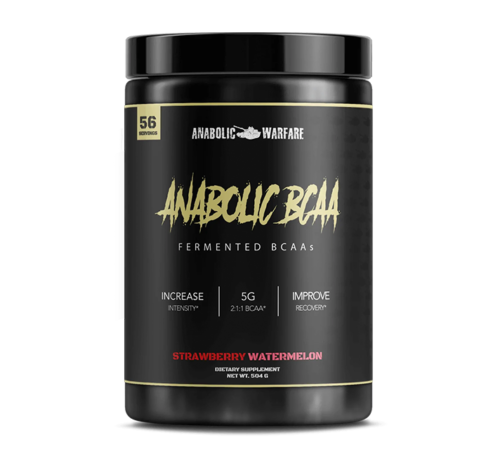
after 3 hours of researching, I finally found an article that answers my questions. THANK YOU for this blog!!
Interesting… good job on the article!!
Good job in discussing this kind of topic. very informative!
Nice info you got here.!
I just love my percussion massager. I bought a portable one so I can bring it anywhere I go. I love that I can just pinpoint exactly where I need the pain released.
This is a nice topic. thank you for sharing
Nice article and effective product. Will order again for my father.